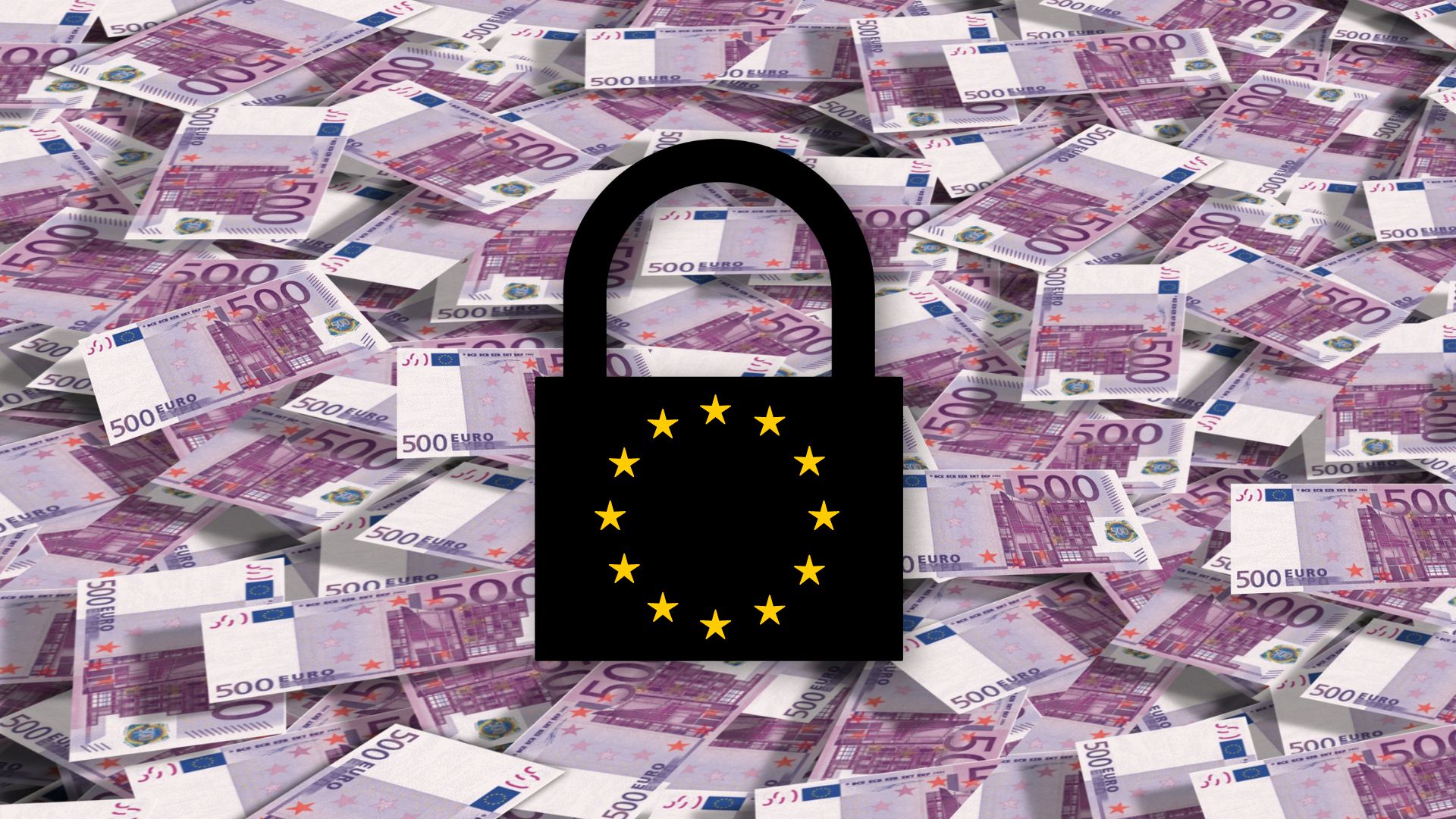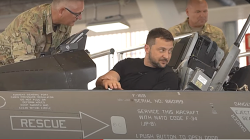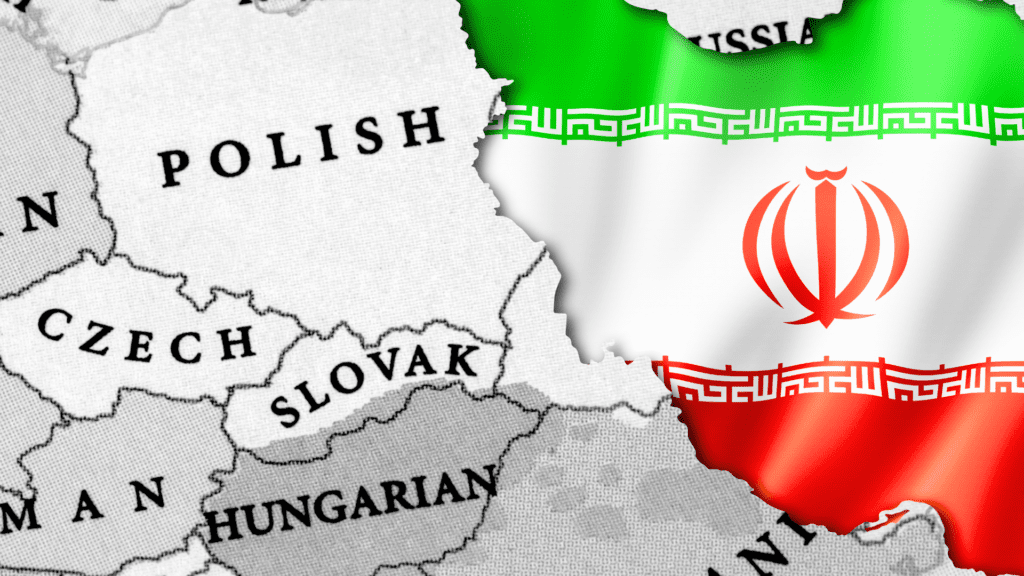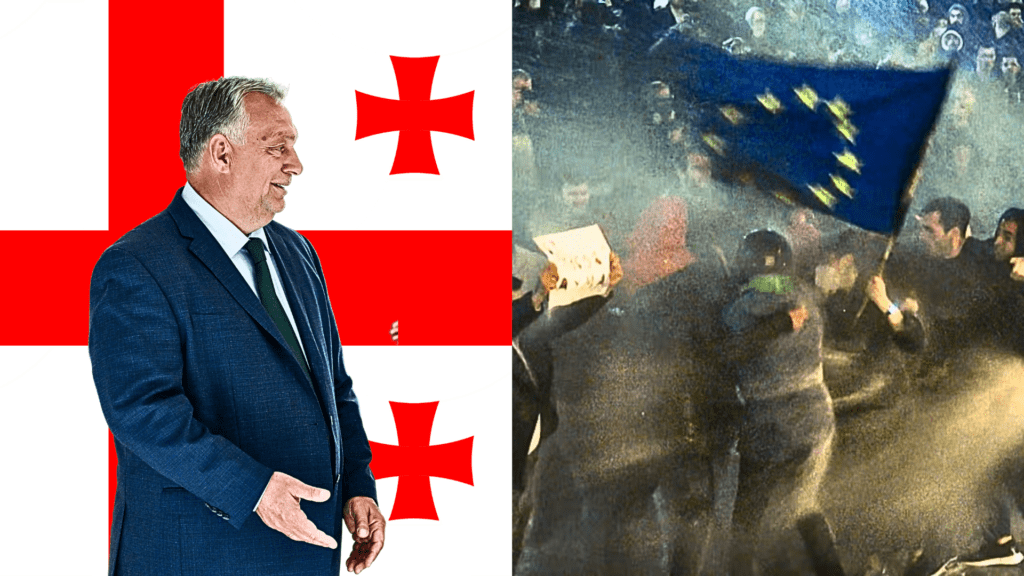The Return of the Stability and Growth Pact
Source: Visegrad Insight
Central and Eastern European countries face the dual challenge of adhering to renewed fiscal safeguards from the Stability and Growth Pact while addressing critical geopolitical and economic imperatives. Leaning into strategic transnational initiatives to mobilise private capital may help.
As the reformed Stability and Growth Pact (SGP) comes back into effect after three years, many EU member states will need to square the circle, balancing the renewed fiscal safeguards with critical investments.
Currently, eleven members, including France and Italy, are in violation of EU limits, having exceeded the 3% of GDP budget deficit limit.
Moreover, eurozone countries could face fines if they fail to make the necessary adjustments, while non-euro members could face reputational damage.
By November, they are required to propose corrective measures to avoid potential sanctions under the reformed rules. This balancing act is particularly challenging for the region of Central and Eastern Europe (CEE), which contends with both a formidable geopolitical environment and pressing economic imperatives.

Cranking up Military Spending
Given their geostrategic position, the eastern flank countries encounter a distinct challenge of bolstering their defence spending amidst Russia’s ongoing conflict in neighbouring Ukraine.
While defence and security outlay surged across the bloc by 16% annually in 2023, Poland has more than doubled its arms budget since 2014 after Russia annexed Crimea. Poland also recorded the largest comparative increase in defence spending across Europe between 2022 and 2023, allocating 3.8% of its GDP to defence in 2023. In 2024, defence spending exceeded 4%, and Warsaw pledged to further ramp it up to 5% of GDP in 2025. Meanwhile, Lithuania, Latvia, Estonia and several other countries in the region also plan to elevate their military expenditures to 3% of GDP in the coming years.
As the conflict drags on, others will likely be compelled to follow suit. But doing so, while hoping to contain their fiscal deficits under the 3% of GDP ceiling, will prove challenging.
Under the Russian Influence
Moreover, the CEE countries find themselves not only on the frontline of physical conflict but also in the crossfire of an information war, in which news is weaponised to manipulate the war narrative and weaken Western diplomatic efforts. Even with advancements in technology, combatting these hybrid attacks takes a toll, especially for resource-strapped nations.
In Bulgaria, pro-Kremlin propaganda that paints NATO as the aggressor and frames Ukraine as a failed state has been spread by not just fringe but also mainstream media outlets, nudging public opinion and fostering scepticism about the West’s intentions.
In Poland – Kyiv’s staunch ally – Russian affiliated actors exploit historical grievances and current socio-economic problems, often by spreading false narratives about Ukrainian refugees being responsible for rising crime rates and economic hardships.
Slovakia – where the longest-serving prime minister, Robert Fico, rallied and won a return to power last autumn after campaigning on a pro-Russian and anti-US platform – has proved to be a particularly fertile ground for Russian disinformation. After the failed assassination attempt on Fico two months ago, government-friendly outlets and disinformation sources spread specious narratives that are convincing Slovak society to blame the opposition and media for the shooting. Similar echoes have been heard this week from right-wing media in the United States and abroad after Donald Trump was grazed with a bullet at a rally in Pennsylvania.
In Hungary, state-controlled media habitually echo Moscow’s rhetoric and pin Budapest’s economic struggles – such as inflation and energy dependency – on Western sanctions, rather than the consequence of Russian aggression. Populist, power-hungry, illiberal, far-right politicians benefit throughout the region, posing as defenders of national interests in a dangerous world, while silently consolidating power.
Combined with a heightened risk of cyber-attacks – particularly on critical energy infrastructure – these developments warrant committing additional efforts and public resources to counteract these threats with robust cybersecurity measures to protect the energy grid and ensure continuous power supply. This will not be easy or cheap since infrastructure was often built long before the time of cyber threats and now needs to be upgraded accordingly as the war in Ukraine continues to unfold in the coming years.
Legacy Problems
On top of geopolitical challenges, the former Soviet region grapples with transitioning from legacy industries, notably automotive manufacturing, towards growth models more consistent with EU climate targets.
With the self-imposed EU ban on internal combustion engine vehicle sales by 2035, Central and Eastern Europe cannot afford to continue kicking the can down the road further. Rather, it needs to meaningfully act on converting towards producing electric vehicles (EVs) and batteries.
However, such an endeavour comes with its own unique set of challenges, which includes concerns about adequate talent pools, facing global competition from China and attracting new volumes of private capital to facilitate the much-needed innovation and infrastructure upgrades. Some CEE countries have made more progress toward establishing themselves as an increasingly important hub for EV battery manufacturing than others.
For example, Czechia has made strides to this end, with investments worth several billion euros spanning Volkswagen Group’s battery company, PowerCo, and China’s leading manufacturer CATL (Contemporary Amperex Technology Co. Limited). PowerCo, set to start operating by 2026, plans to build a large battery cell factory in the city of Plzeň. CATL is exploring the establishment of a battery production site in the country as a part of a broader strategy to cater to the burgeoning European market and to be closer to major automobile manufacturers.
The transition towards EV-manufacturing additionally relies on ensuring stable and predictable energy prices, and completing the energy transition – a suit made urgent by Russia’s war on Ukraine.
Squaring the Circle?
As these critical objectives compete for the public buck while CEE governments contend with the renewed SGP ceilings, boosting private sector finance in the region may be vital for growing available capital pools.
Multinational initiatives, such as the Three Seas Initiative (3SI), which aim to enhance infrastructure and connectivity across the CEE region and the EU’s eastern neighbourhood, emerge as potentially promising strategic levers for attracting international capital and ultimately helping bridge the existing financial gaps.
A collaborative venture among twelve CEE countries (Austria, Bulgaria, Croatia, Czechia, Estonia, Greece, Hungary, Latvia, Lithuania, Poland, Romania, Slovakia, and Slovenia) situated between the Baltic, Adriatic, and Black Seas, the 3SI is currently backing 91 high-priority projects designed to bolster regional connectivity in energy, transport and digital infrastructure.
Reflecting the diverse priorities of its members, contributions to the Initiative are aligned with national interests and capacities, with commitments from EU institutions, international bodies, and private investors. Poland, for instance, leverages the Initiative to assert regional leadership and diminish reliance on Russian energy. Conversely, the Baltic nations utilise it to strengthen ties with Western allies, while countries like Croatia and Romania view the Initiative as a catalyst for economic development and investment.
The Initiative’s action arm, the 3SI Investment Fund, capitalised at approximately €1.3 billion, boasts a portfolio that closely mirrors the region’s most pressing needs.
For example, its investment in the Port of Burgas seeks to establish an alternative logistical hub on the Black Sea, supporting Ukraine’s reconstruction while providing international traders with a competitive entry point to the European market.
The Fund’s collaboration with R.Power Renewables underlines its pledge to fortify energy resilience in a region historically reliant on legacy energy links with Russia, working alongside European partners like the European Bank for Reconstruction and Development.
Cargounit’s recent acquisition of locomotives in Poland highlights a focus on improving rail and supply chain connectivity, thereby increasing the export potential of the EU’s industrial core and strengthening its position in global trade.
Yet, among bridging capital gaps and stimulating economic growth, the reconstruction of Ukraine and reducing dependency on external actors take precedence, as exemplified in addressing cyber threats from Russia, with wide-ranging digital security investments exemplified by the Fund’s majority stake in the Greenergy Data Centres.
Additionally, exploring how the Three Seas Initiative can synergise with other EU schemes, such as the Global Gateway Strategy or the Ukraine Facility’s Investment Framework, could accelerate and scale its impact.
As the SGP rules are restored in the coming months, many CEE countries may be caught between a rock and a hard place.
EU and regional platforms like Three Seas may offer a useful pathway to mobilise the much-needed financial resources to address strategically critical imperatives across their economies and against the backdrop of the ongoing war in Ukraine.
Your Central European Intelligence
Democratic security comes at a price. What is yours?
Subscribe now for full access to expert analysis and policy debate on Central Europe.
The original article: belongs to Visegrad Insight .




